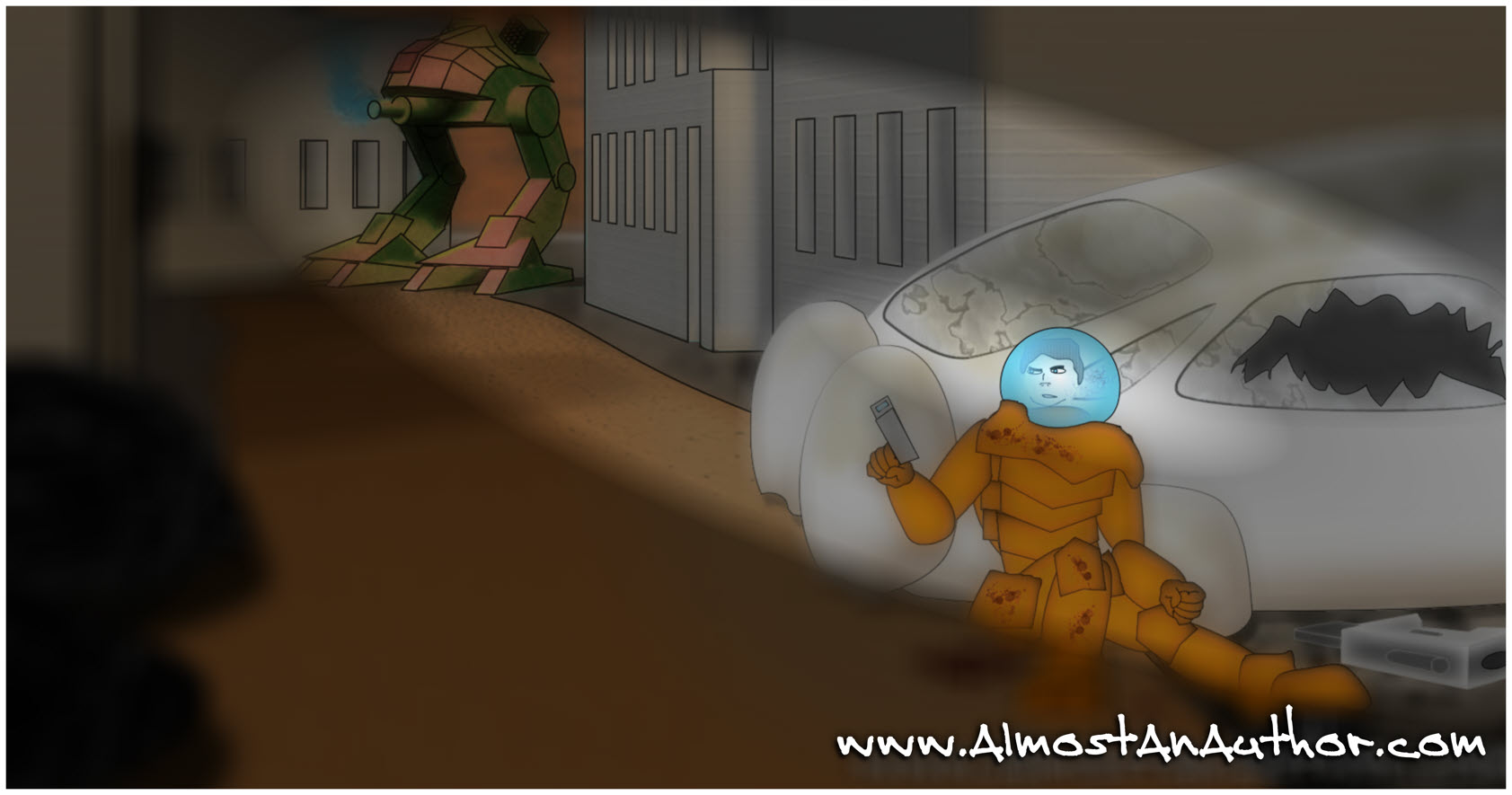As writers of speculative fiction, military forces are a stable in many of our stories. Basing these on a real-world equivalent force can bring greater realism to our writing and help the reader suspend their disbelief of the more fantastical elements. Let’s examine the ranks and numbers of a modern military force structure which you can use as a jumping off point to build realistic forces of your own.
The numbers you’ll see are the optimal numbers, but keep in mind we rarely see these in reality. Units are in constant flux as soldiers transfer into or out of the unit. Some soldiers will invariably be sick, or wounded — even in peacetime — as training accidents will occur. Even in the military, people take vacations, are on TDY (temporary duty), or even spending time at home.
Unit and rank breakdowns
I’m using the US Army at the end of the second World War (~1945) for the unit numbers, but this will apply to most of the US forces of the last hundred years. Authors can make their own choices to change these as needed to fit your science fiction or fantasy setting. Because of space constraints, we’ll only examine land forces. Naval ranks for a more science-fiction/space opera-based storyline may be a topic for future discussion.
We’ll work our way from smallest to largest. As an author, you want to spend the most time with small groups of soldiers. Big, climatic battles are great, but ultimately our stories are about our characters, and how they interact with the surrounding people. This is most easily seen in a smaller group setting. Always set up your story so that even in the titanic battle, it’s the action of your character or characters that sways the day. They should always be at the focal point. Your MC must take the one hill that controls the battlefield or make the perilous flight down the trench to hit the thermal exhaust port.
The smallest grouping is the Strike Team or Fire Team. This is six or seven individuals with various roles and skills. A Corporal or Lance Corporal leads a Strike Team. Two Strike Teams form a Squad. A Squad will have twelve or thirteen members and is led by a Sergeant.
Four Squads come together to form a Platoon. Fifty fighting men and women (and aliens depending on your world) acting in (we hope) unison. At this level, we refer to Commanding Officer (CO) and Executive Officer (XO). The XO is the second in command. He takes over should something happen to the CO. For a Platoon, the CO is a Lieutenant, and the XO is a Senior Sergeant.
Three Platoons form a Company. You’re up to 150 soldiers. CO is a Captain; XO is a Lieutenant. I never spell that right on the first attempt. Four Companies make up a Battalion. Here the CO is a Lieutenant Colonel (abbreviation Lt Colonel) or a Major. The XO is a Major or Captain.
Three Battalions form a Regiment led by a Colonel as CO and a Lieutenant Colonel as XO. A Regiment is almost 2,000 warriors strong. Three Regiments form a Brigade commanded by a Brigadier General. At this size, the commander needs more than one assistant. Brigades have an Officer Planning Staff, but this staff is not in the Chain of Command.
Finally, two Brigades make up a Division led by a Major General and his staff. (The famous 82nd Airborne is a Division.) It’s 10,800 warriors led by 642 Officers. 11,442 men, women, elves, dwarves and whatever other races inhabit your worlds.
Officers and Gentlemen
As you examine these ranks, don’t think you are required to use each one in your forces. Instead, think more of the roles you need for your characters and story depending on the size of purpose of your military forces. These will allow you to give realistic ranks to your characters. You can also get creative and come up with your own rank names, as I did in my current WiP, and eliminate ones you don’t need.
The highest ranking officer in a military force is the General. It doesn’t matter how many stars. Below him is the Lieutenant General. This character should have experience in multiple types of engagements. The Major General is a senior strategic official. Their experience is better used for developing an overall strategy rather than implementing tactics on the battlefield. Below them are the Brigadier General, Colonel, Lieutenant Colonel and Major. A Colonel might be in command of a Regiment, or a member of a General’s Planning Staff.
Lieutenant colonels are also referred to and addressed in correspondence as ‘colonel’. This gives rise to alternative terms. For Colonels, you’ll hear full colonel, bird colonel, or full bird colonel. A Lieutenant Colonel is called a Light Colonel. This is only used as a colloquial way to refer to the colonel, but they are never addressed this way.
The Captain is the first officer rank where your character must have shown true leadership ability. You’ll see Captains used as a Company Commander, or ‘detached’ as the Commanding Officer of many ‘special assignments’.
The first rank where the officer is given responsibility for the men in his command is Lieutenant (or First Lieutenant). A smart Lieutenant will rely on the experience of his Enlisted Executive Officer — a Sergeant Major or Senior Sergeant. The Senior Sergeant will show the Lieutenant him how to get the job done.
Second Lieutenant is an honorary grade for an Officer in Training. You’ve heard of low man on the totem pole. Second Lieutenant is the dirt into which the totem pole is placed.
Going Medieval
For more medieval or fantasy settings, you’ll see ranks like Knight-General for the Commander-in-Chief of an Order of Knighthood. The senior field Commander of an Orders’ forces is the Knight-Commander. Knight-Captain is the highest rank an independent Knight can attain without declaring oath to a liege.
The Holy Quest is a key accomplishment for any knight and a fantastic event to center your story around. Prior to taking the Quest, your character is a Knight. After they have completed their quest, they become a Knight-Lieutenant.
In the next part of this series, we’ll look at the real boots on the ground: Enlisted men and woman who get the job done and the ripe opportunities for conflict that arise between the enlisted men and officers.

Ted Atchley is a freelance writer and professional computer programmer. Whether it’s words or code, he’s always writing. Ted’s love for speculative fiction started early on with Lewis’ Chronicles of Narnia, and the Star Wars movies. This led to reading Marvel comics and eventually losing himself in Asimov’s Apprentice Adept and the world of Krynn (Dragonlance Chronicles).
After blogging on his own for several years, Blizzard Watch (blizzardwatch.com) hired Ted to be a regular columnist in 2016. When the site dropped many of its columns two years later, they retained Ted as a staff writer.
He lives in beautiful Charleston, SC with his wife and children. When not writing, you’ll find him spending time with his family, and cheering on his beloved Carolina Panthers. He’s currently revising his work-in-progress portal fantasy novel before preparing to query.
- Twitter: @tedatchley3
- Twitter: @honorshammer (gaming / Blizzard Watch)






No Comments